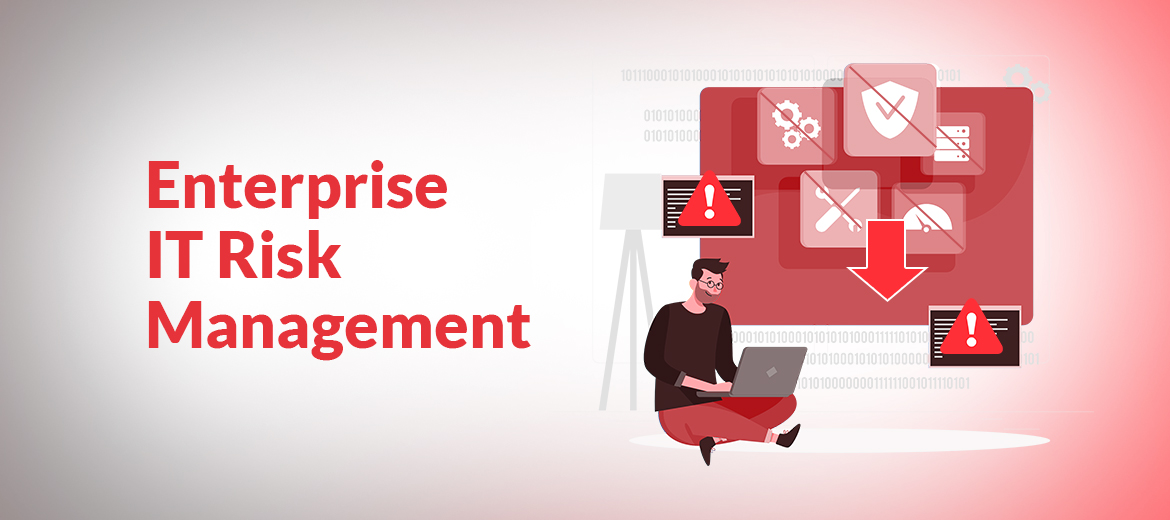The Context
Organizations are investing in new technologies vehemently to stay competitive.
Cybersecurity is among the top priorities. And the adoption of the latest cybersecurity measures has increased significantly in recent years due to emerging IT use cases, resulting in the rapid adoption of cloud technologies.
Subsequently, implementing an Identity Threat Detection and Response mechanism has become progressively critical to thwarting impending cyber attacks. Indeed, organizations have to continuously assess, reassess, and revamp their identity threat detection and response posture if incidents such as data breaches, credential abuse, and insider threats have to be kept at bay.
On the other hand, what happens if organizations are reluctant to adopt the relevant and necessary cybersecurity measures? Failure to implement best-practice IT security measures invites threats to corporate data.
For instance, if an organization shifts its on-prem IT operations to hybrid and remote IT infrastructure, then there is definitely an urgent need to secure these environments with adequate remote security measures.
Nevertheless, shockingly, almost 32% of organizations have not changed their cybersecurity policies amid virtualization and the proliferance of hybrid and cloud computing, according to Forbes. Isn’t that a big risk for the organization and its IT assets?
Why do some organizations refrain from adopting new technologies?
It has been observed quite often that reluctance to change and too much procrastination about end results overshadow the actual necessities. Here are some major mistakes organizations make, which result in inviting IT threats due to a lack of investment in cybersecurity measures.
It is thought to be an additional IT overhead: Conventionally, it is believed that the introduction of any new technology or any kind of change in the IT infrastructure would result in incremental OpEx (Operational Expenditures)—sometimes temporary or sometimes extended IT overheads. However, timely implementation of information security measures is less costly than any cyber incident causing unprecedented financial losses and fines.
Resistance from IT users: This is one of the major practical challenges faced by organizations from almost every industry vertical. Adoption of anything new requires direct and indirect involvement of the IT users at all levels– from IT project managers to leads and from administrators to end-users in the entire ecosystem. Organizations experience strong resistance from their employees when:
- They presume that it could increase their workload and thus fear performance gaps
- They anticipate probable clash among IT infrastructure, IT operations, and IT risk management teams
- They might have to restructure their IT security policies after perusing the compliance guidelines
Skill gaps in operating new IT tools: Adoption of advanced tools might require additional skill set and knowledge base to ensure effective implementation of technologies. As a result, very often organizations refrain from implementing the necessary amendments in IT security policies/ strategies.
The Bottom-line
Any action has its own reaction. Not taking any action could also have its own implications.
In cybersecurity, this “reaction” could be devastating as non-compliance and non-adherence to predefined cyber security policies, including reluctance to adopt new technologies, might lead to catastrophic incidents. Isn’t that the biggest IT risk?

